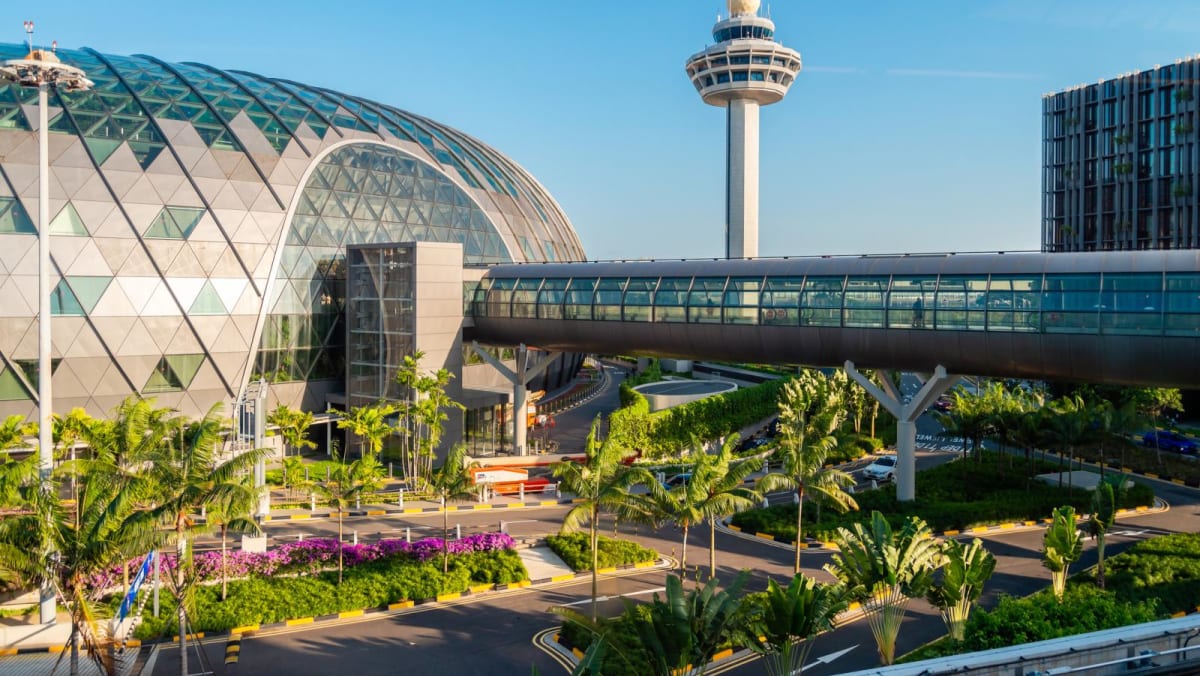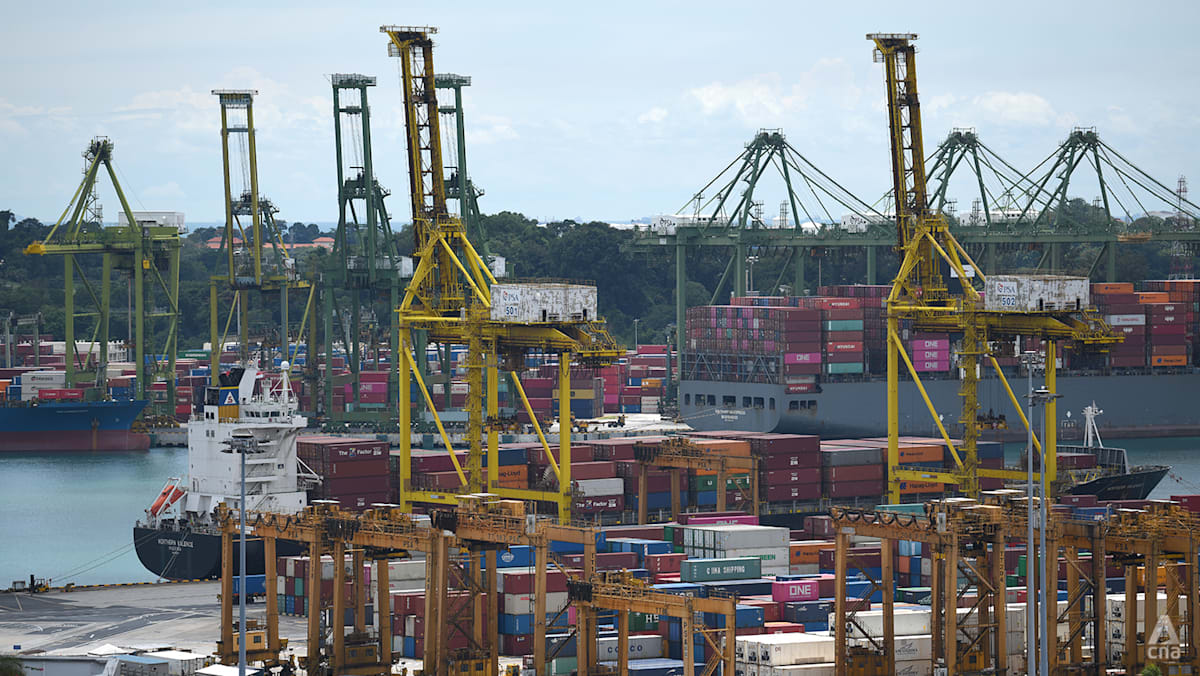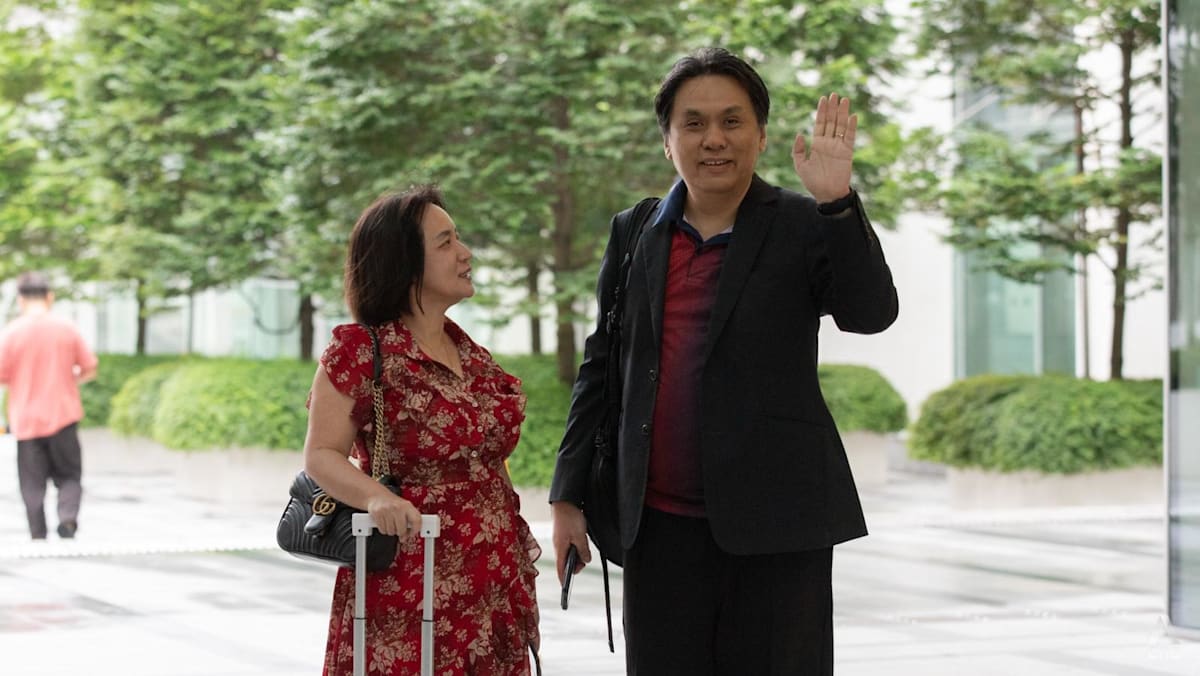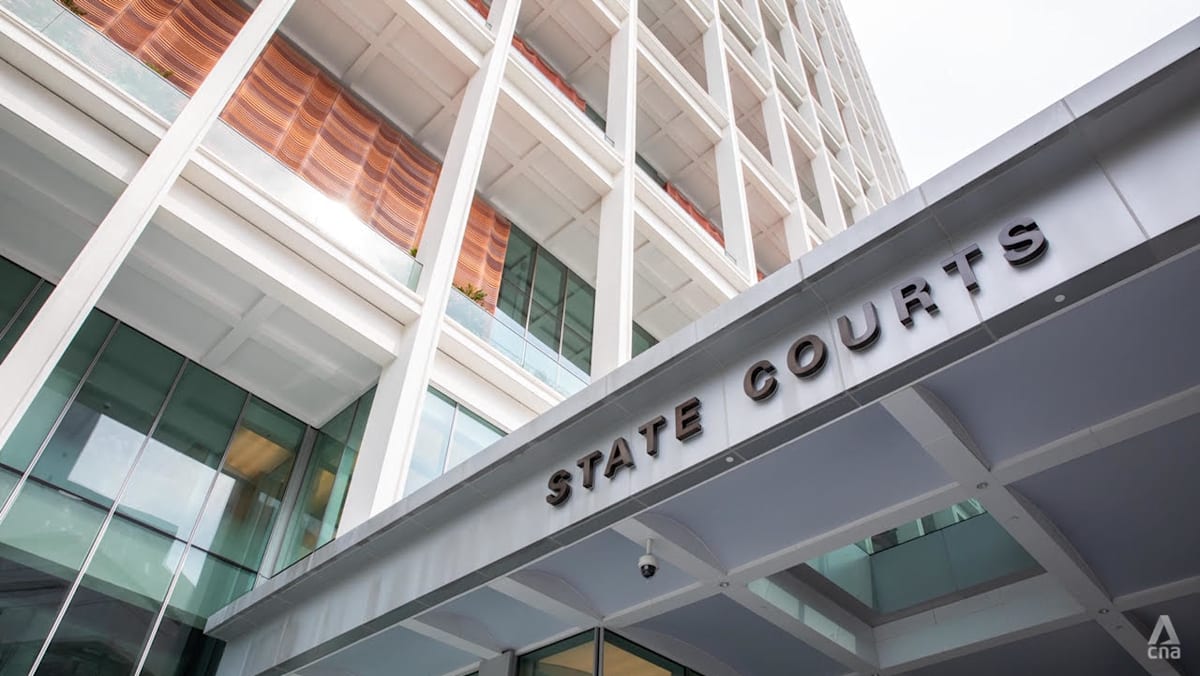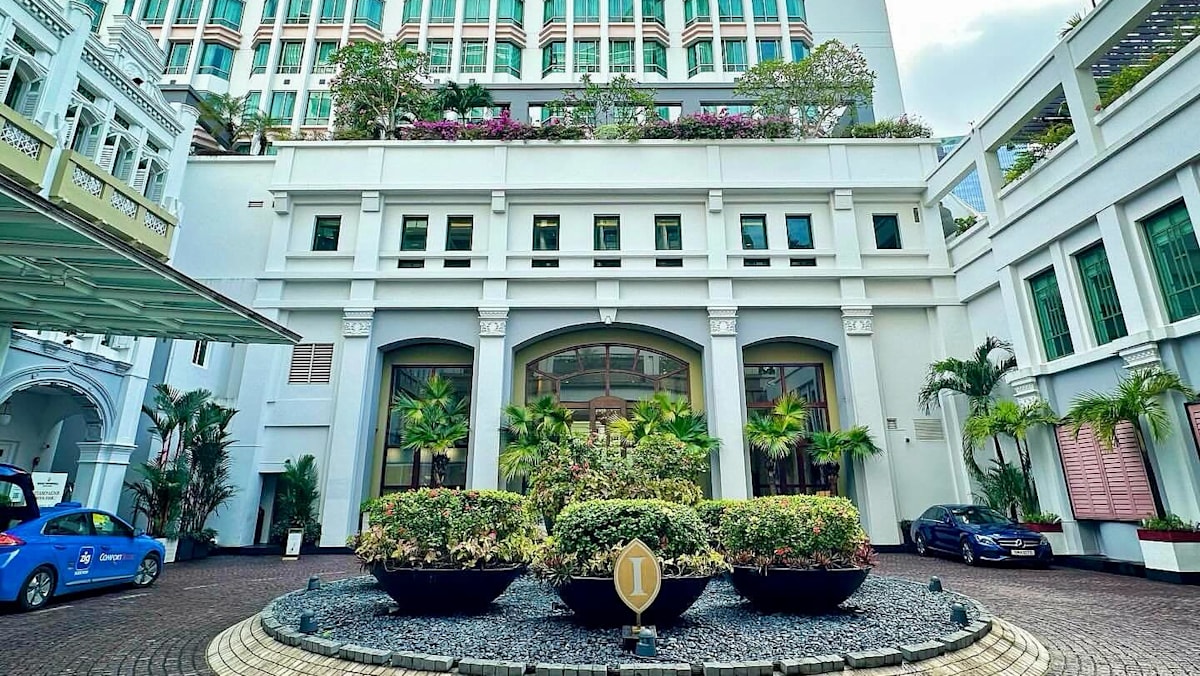Prof Sing said that for areas near Changi and Seletar airports, land intensity and total land value may increase in the short term, but property prices could decrease if taller buildings can be built with improved construction technologies.
“In the long-term, when the supply becomes more elastic and new space can be developed in the same towns and estates, prices could be moderated and stabilised,” he said.
Dr Chua Yang Liang, head of research and consultancy at JLL Southeast Asia, also said any potential impact on property values would also depend on factors like corresponding adjustments to land betterment charges, construction costs and other financial considerations.
ADVANCEMENTS IN AVIATION
As cities around the world become more densely populated, there has been increasing pressure to free up land closer to airports.
Although this might have seemed like a safety risk in the past, improvements in technology have made it safer for planes to fly in denser urban environments, said experts.
Assoc Prof Hsieh, who heads a joint SUSS-Singapore Flying College programme, noted that modern planes are equipped with advanced flight management systems that enhance climb and descent profiles, support steeper approach angles and improve obstacle avoidance capabilities.
Satellite-based navigation methods, too, now provide pilots with “extremely precise” flight paths that minimise risks, said Mr John Tan, lead professional officer of aviation management at the Singapore Institute of Technology.
“Additionally, improved radar systems, advanced air traffic management tools and automated alert systems greatly improve pilots’ situational awareness and allow quicker responses,” he added.
However, he warned that there were still risks with allowing taller buildings closer to airports, and that careful assessment would still be needed to guarantee safety.
“Taller buildings could increase risks such as obstructions in flight paths, disruption of radio navigation signals and complications during emergency situations,” said Mr Tan.
“Buildings can also influence wind patterns, potentially creating turbulence during take-off and landing.”
Any changes in height restrictions will require flight procedures to be updated for arriving and and departing flights, Mr Tan noted. Airport zoning maps, flight manuals and navigational charts must also be “thoroughly revised”.
He said Singapore’s approach so far to managing urban density near airports mirrored successful global cities like Hong Kong, Tokyo, and London.
But Singapore stands out for its “integrated city planning, strict adherence to aviation safety standards and strategic use of advanced technology, all of which set an international benchmark for handling limited land around airports”.





